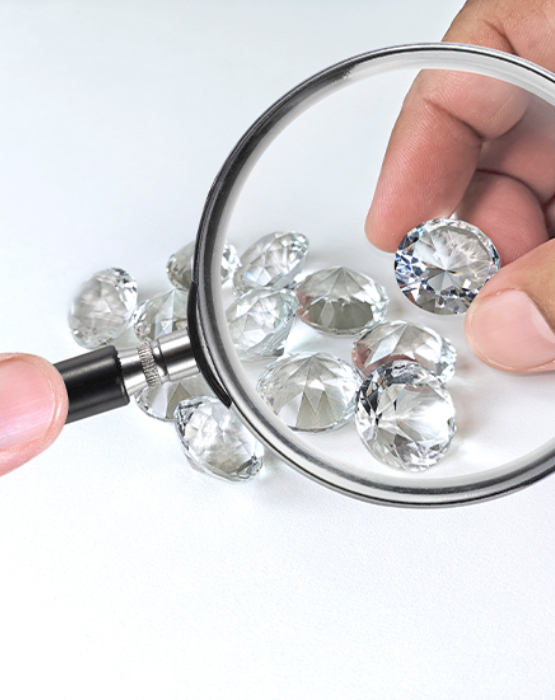We provide accurate and detailed appraisals for diamonds and gemstone jewellery, loose diamonds, and coloured gemstones. Our services are most suitable for private individuals, insurance suppliers, law firms, and jewellery traders.
Our chief appraiser, Mihir Hariyani is a Gemological Institute of America Graduate Gemologist (GG) and an International Master Valuer. He has over three generations of experience in the gems and jewellery industry and is very well known in the trade.
At BC Gem Labs, we are committed to providing you with the highest level of ethics and transparency. The best customer service is our ultimate goal and our key to success.


















